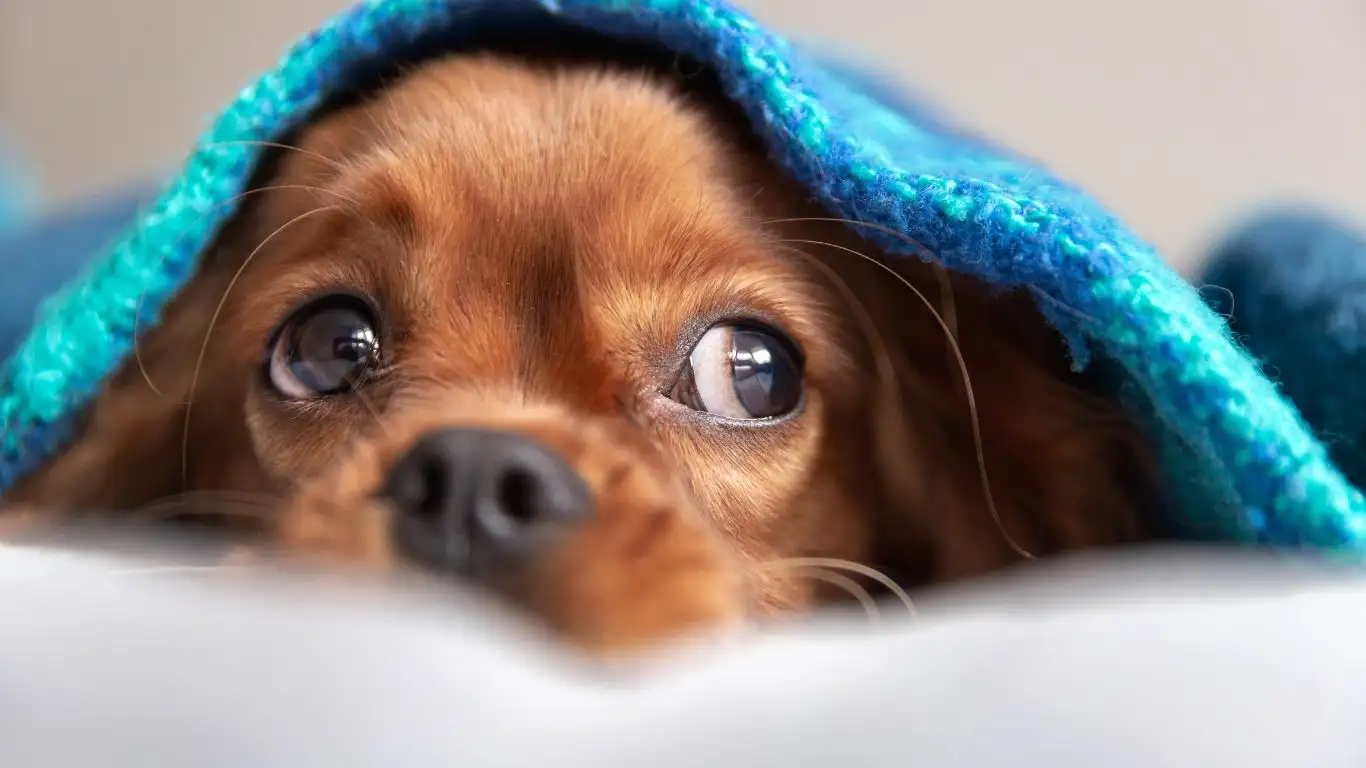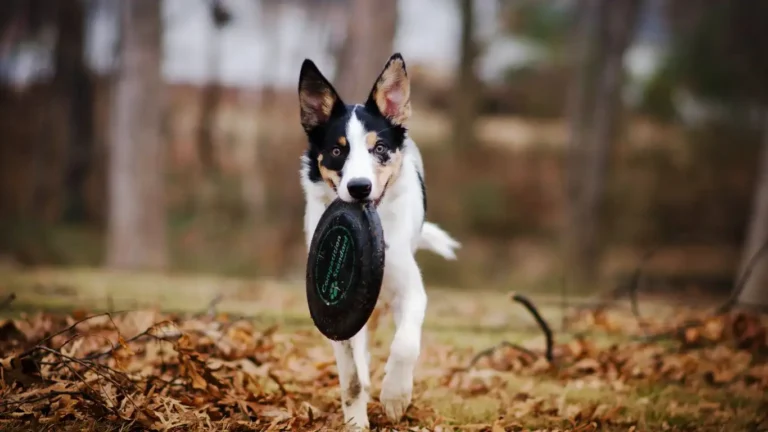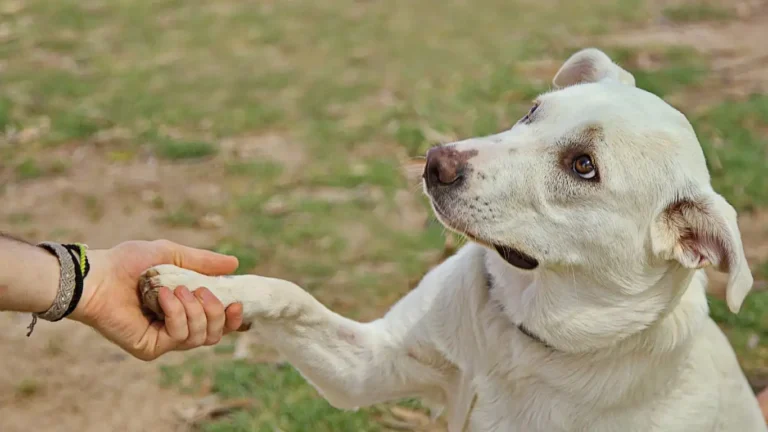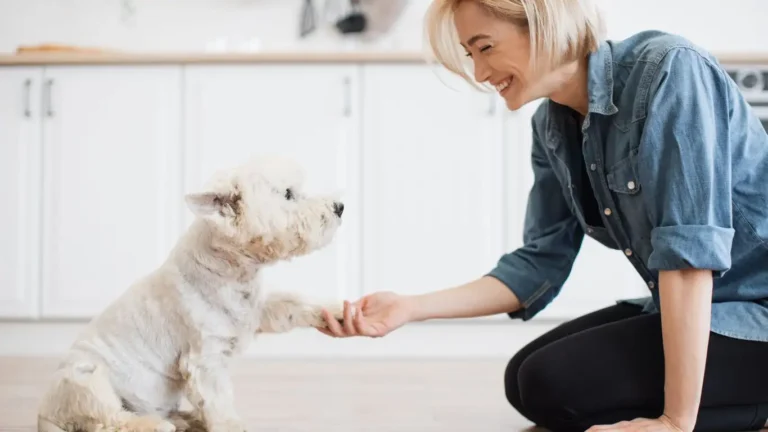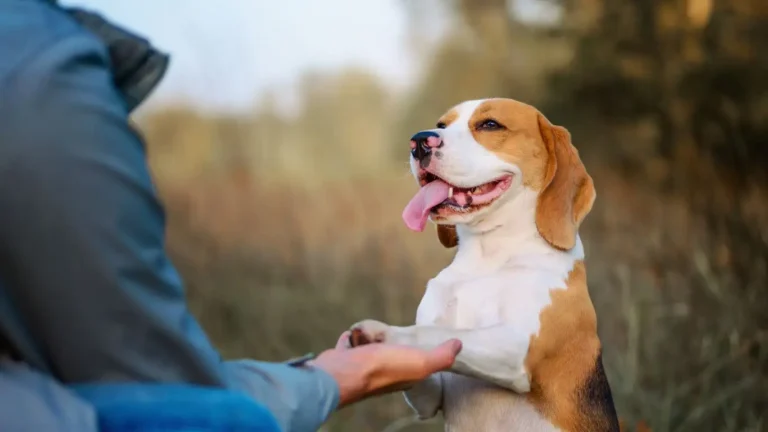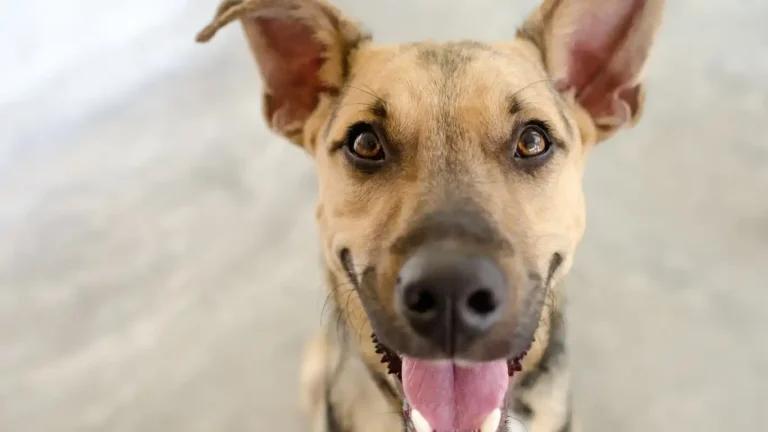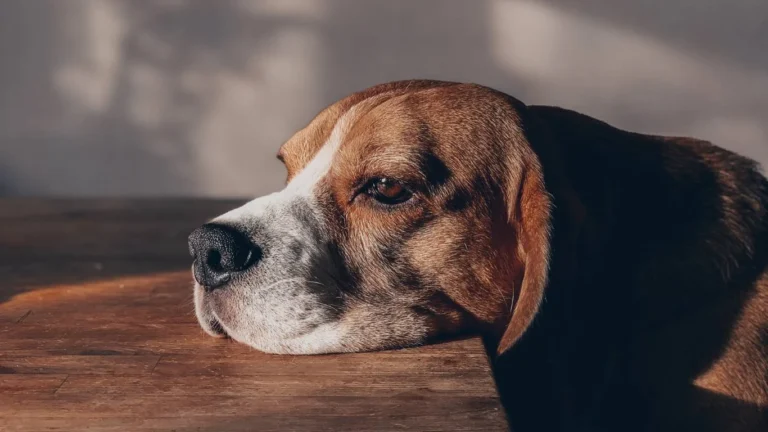Easy Ways to Train Your Dog to Love Cleaning After Outdoor Walks
As a Canine-Assisted Therapy Trainer, one of the most common questions I get from dog owners is, “How do I train my dog to accept cleaning after outdoor walks?” It’s a great question and one that many pet parents struggle with. After all, we all know how much dogs love to roll in mud, puddles, or dirt during their walks. As a result, cleaning them afterward can feel like a huge challenge. In this article, I’ll walk you through step-by-step techniques that will make this process a lot easier and much less stressful for both you and your dog. Plus, I’ll share a few personal tips from my years of experience working with dogs and their families.
Why Cleaning Your Dog After Outdoor Walks Is So Important
Before diving into the training techniques, let’s first talk about *why* it’s essential to clean your dog after outdoor walks. Many people think it’s just about aesthetics, but it’s actually about their health and well-being. When dogs walk outside, they pick up dirt, debris, and sometimes harmful chemicals or allergens on their paws, coats, and skin. A quick clean-up session can help prevent skin irritations, infections, or the spread of harmful substances inside your home.
As a Canine-Assisted Therapy Trainer, I’ve seen firsthand how important it is to maintain a dog’s hygiene for their physical and emotional health. Dogs that aren’t cleaned properly after walks may develop issues like fungal infections or irritations from allergens that cling to their fur. Not to mention, mud and dirt can make your home a lot harder to keep clean. So, getting your dog accustomed to the cleaning process is about more than just keeping them looking neat and tidy—it’s about their long-term health!
How to Train a Dog to Accept Cleaning After Outdoor Walks
Step 1: Start with Positive Associations
The key to getting your dog comfortable with cleaning after walks is creating positive associations with the process. If your dog is already nervous or hesitant about being wiped down or cleaned after a walk, you want to reverse that anxiety into something they actually enjoy. This will take time and patience, but it’s totally doable!
- Begin slowly: Start by gently touching your dog’s paws or coat with a towel without actually doing any cleaning. Allow them to get used to the feeling of the towel on their body.
- Use treats and praise: Every time they stay calm, reward them with their favorite treat or lots of praise. This will help them make the connection between being cleaned and receiving something they love.
- Keep it short: At first, don’t try to do a full cleaning session. Keep it brief, so your dog doesn’t get overwhelmed. Gradually increase the length of each session as they become more comfortable.
Remember, the more positive experiences your dog has with the cleaning process, the more likely they are to accept it in the future.
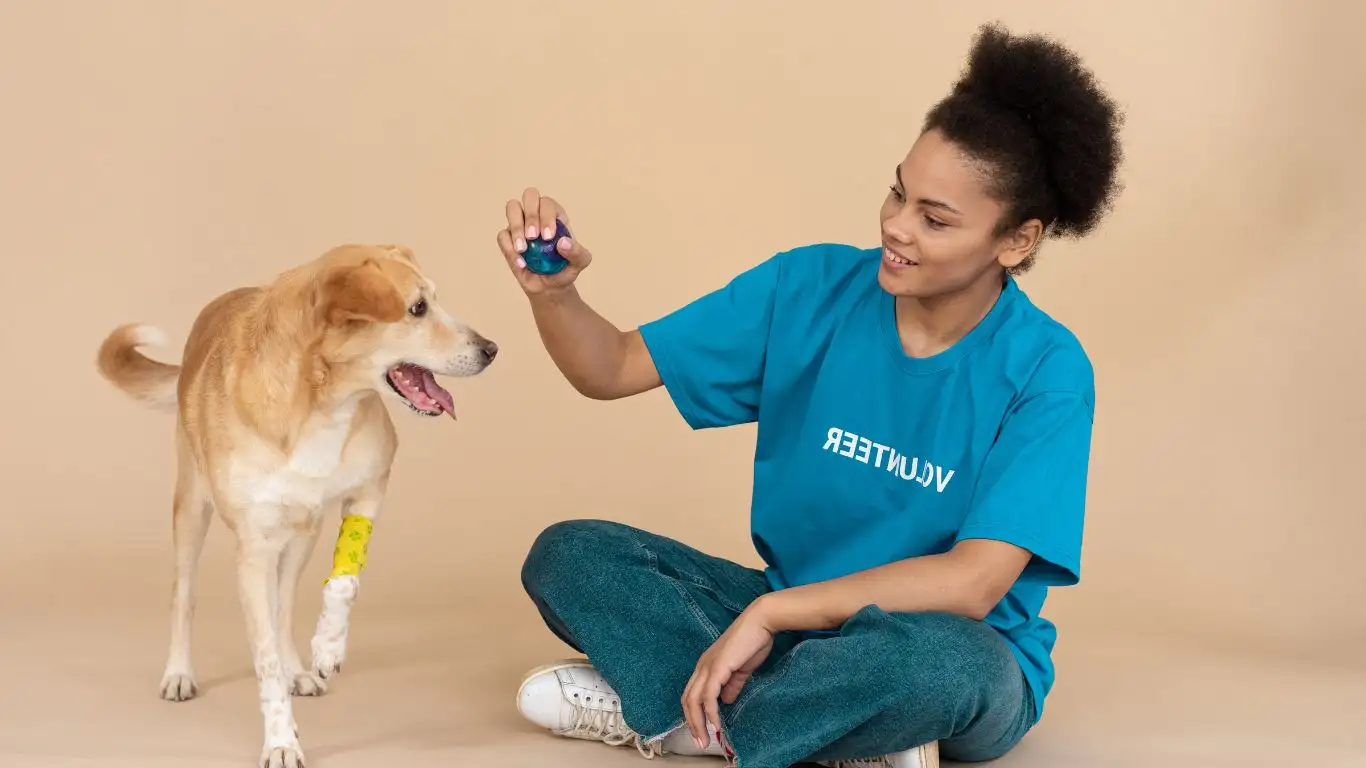
Step 2: Get the Right Tools
Using the right cleaning tools can make a world of difference in your dog’s experience. If you use something that’s too rough or uncomfortable, your dog will associate the cleaning process with negative feelings. But if you use gentle, dog-friendly products, you’ll increase the chances that your dog will accept the process willingly.
- Use soft, absorbent towels: Choose towels that are soft to the touch and won’t scratch your dog’s sensitive skin. Microfiber towels are a great option because they dry quickly and are gentle on your dog’s fur.
- Consider a paw washer: Paw washers are a handy tool for quickly cleaning dirt from your dog’s paws without having to rub them down with a towel. These devices typically use water and gentle bristles to clean the paws without any stress.
- Choose non-toxic cleaning wipes: If you need to clean your dog’s coat, look for pet-safe wipes that are gentle and free from harsh chemicals. The last thing you want is to irritate your dog’s skin with chemicals after a walk.
When your dog sees you reaching for a tool that’s specifically designed for them, they’ll start to associate the cleaning session with something pleasant and safe.
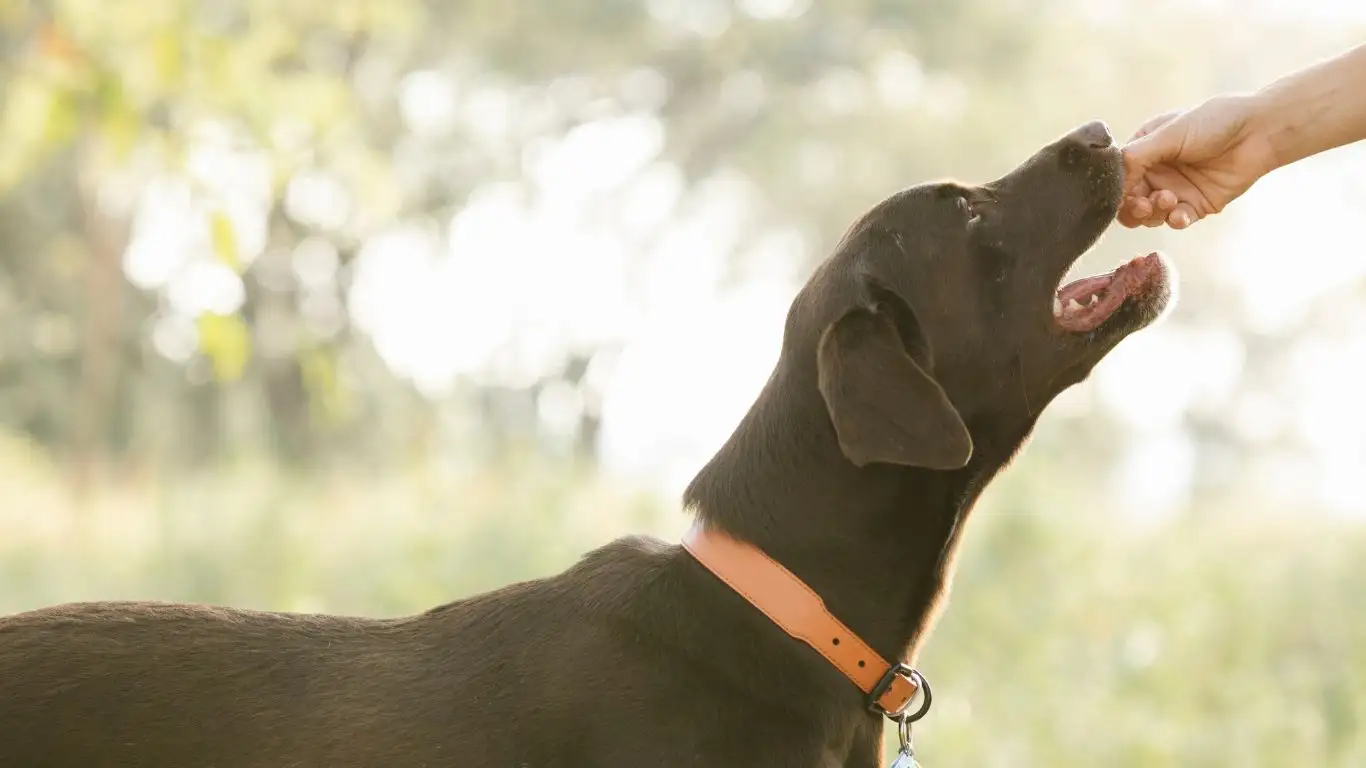
Step 3: Introduce Cleaning Gradually
Rather than diving straight into a full cleaning routine, introduce the process gradually. Start by cleaning only one part of your dog’s body at a time, such as their paws, before moving on to other areas. The goal is to desensitize your dog to the cleaning routine slowly and in small, manageable steps.
For example, if your dog loves to get their paws dirty but is nervous about being wiped down, start by wiping just one paw. Once they’re comfortable with that, move on to the next paw. Gradually work your way up to their whole body over several sessions. This slow approach will give your dog the chance to get used to each step and learn that cleaning after a walk isn’t something to fear.
Step 4: Make It a Fun Routine
Dogs love routines! Creating a fun, consistent routine around cleaning after outdoor walks can make a huge difference. You want your dog to associate the cleaning process with something positive and even exciting. Some dogs love being pampered, and if you make it a fun experience, they’ll likely look forward to it!
- Incorporate playtime: After the cleaning session, reward your dog with a short play session or a fun game. This will help them associate cleaning with something fun and positive.
- Use calming music: If your dog is anxious during the cleaning process, try playing calming music. It can help reduce anxiety and make the whole experience more enjoyable for them.
With consistency, your dog will start to see cleaning as just another part of their walk routine, and the resistance will fade.
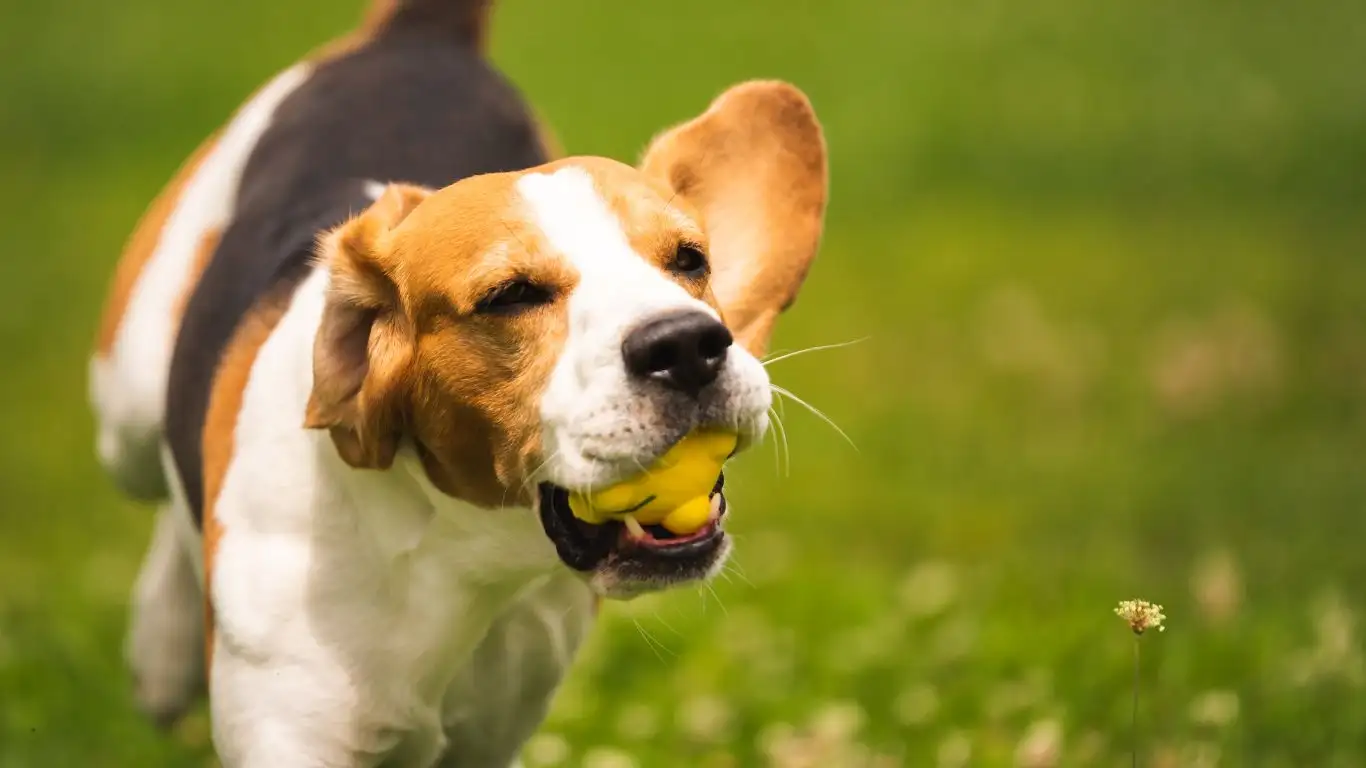
Overcoming Common Challenges in Cleaning Your Dog After Walks
As a Canine-Assisted Therapy Trainer, I know that training dogs to accept cleaning after outdoor walks isn’t always as easy as it seems. Some dogs will take to it right away, while others may have specific challenges that make the process a bit more difficult. Whether it’s fear of water, a dislike of towels, or simply a strong aversion to being handled after their walk, it’s important to address these issues with patience and consistency.
In my years of working with dogs, I’ve come across many unique situations. For example, one of my clients had a Golden Retriever who absolutely *hated* having her paws touched after walks. She would panic the moment anyone tried to wipe her feet. After working with her for several weeks, we were able to successfully modify her behavior using the steps I outlined earlier. Here are a few common challenges you might encounter, along with some helpful solutions.
Challenge 1: Fear of Water or Towels
Some dogs are afraid of water or the towel itself. If your dog is scared of being cleaned after walks, it could be because they associate water or towels with something unpleasant. This is something that can be worked through, but it requires patience and positive reinforcement.
- Desensitize slowly: Start by using a damp towel (not too wet) to gently wipe your dog’s paws. If they’re afraid of water, avoid soaking the towel completely. Gradually increase the moisture level as they become more comfortable.
- Use positive reinforcement: Every time your dog stays calm while you wipe them down, reward them with a treat or praise. This helps them learn that the towel or water isn’t something to fear.
- Practice on non-stressful days: Don’t try to clean your dog after a long, tiring walk when they might already be a little overwhelmed. Instead, practice the cleaning routine after a short walk or even indoors to keep the experience low-pressure.
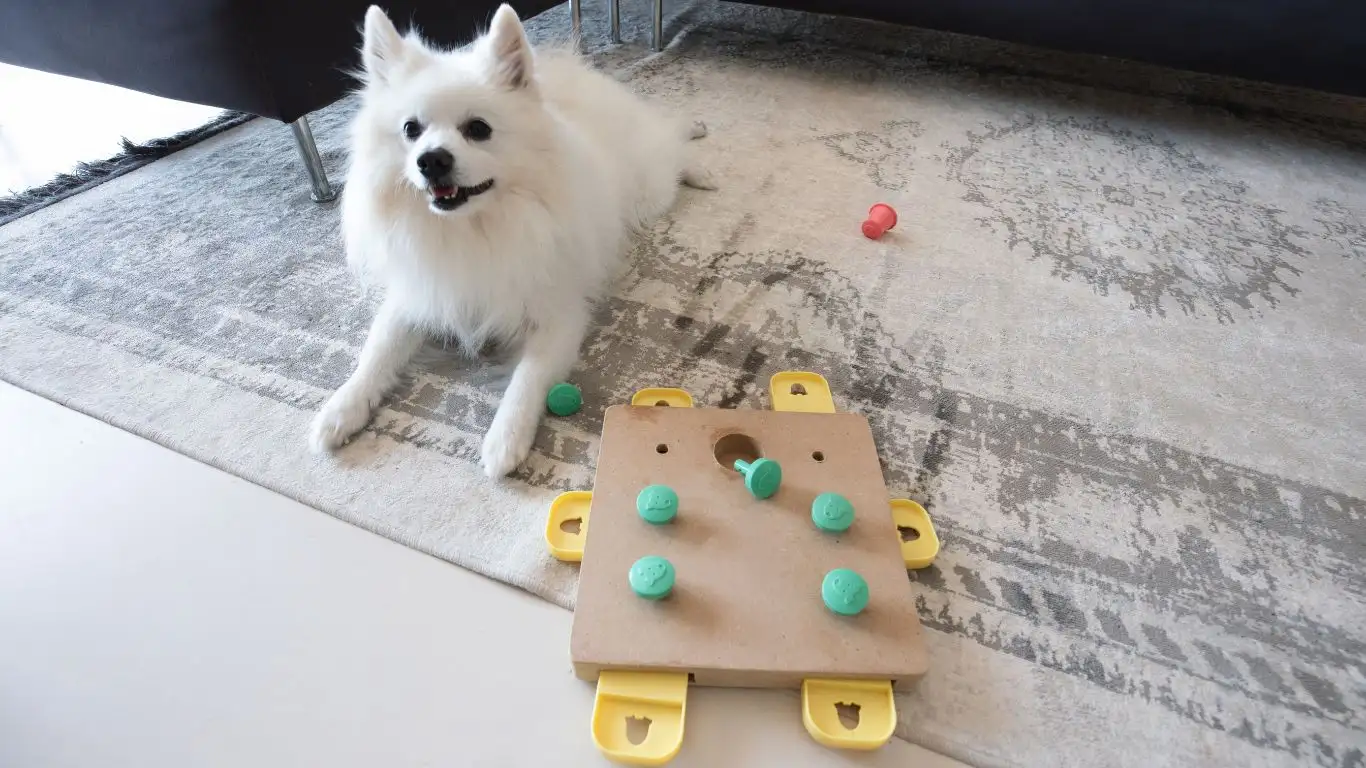
Challenge 2: Aggressive or Resistant Behavior
Another common challenge is when your dog actively resists the cleaning process. Some dogs will try to run away, bite at the towel, or even growl when you try to wipe them down. This kind of behavior can be frustrating, but with the right approach, you can overcome it.
It’s important to first identify the root cause of the resistance. Is your dog trying to avoid the towel because they associate it with discomfort? Or is it simply because they’re overstimulated after their walk and aren’t ready for another interaction?
- Keep calm and composed: Dogs are incredibly sensitive to their owners’ emotions. If you feel frustrated or stressed, your dog will pick up on that and may become more anxious. Stay calm, gentle, and patient.
- Break it down into smaller steps: If your dog is resisting the full cleaning process, break it down into smaller, more manageable steps. Start with one paw, then move to the next, gradually working up to a full clean once they are comfortable with each part.
- Use gentle handling techniques: Avoid forcing your dog to sit still or use aggressive methods like pulling their limbs or holding their body tightly. Instead, encourage them to cooperate using gentle touches and rewards.
Challenge 3: Not Enough Consistency
Consistency is key when it comes to training any dog, and cleaning is no exception. If you only clean your dog sporadically or inconsistently, they won’t have the opportunity to fully adjust to the routine. Like any behavior modification, cleaning your dog should be a consistent practice that your dog can rely on.
- Make cleaning part of the routine: Clean your dog after every walk, even if they don’t get very dirty. This helps them learn that cleaning is just a regular part of their daily activities, not something to be feared or resisted.
- Stick to the same process: Try to follow the same steps and use the same tools for cleaning each time. The more predictable the process is, the more your dog will accept it as part of their routine.
- Be patient: It can take time for a dog to fully accept a new routine. Don’t expect overnight success, but instead, be patient and consistent. Over time, your dog will get used to it.
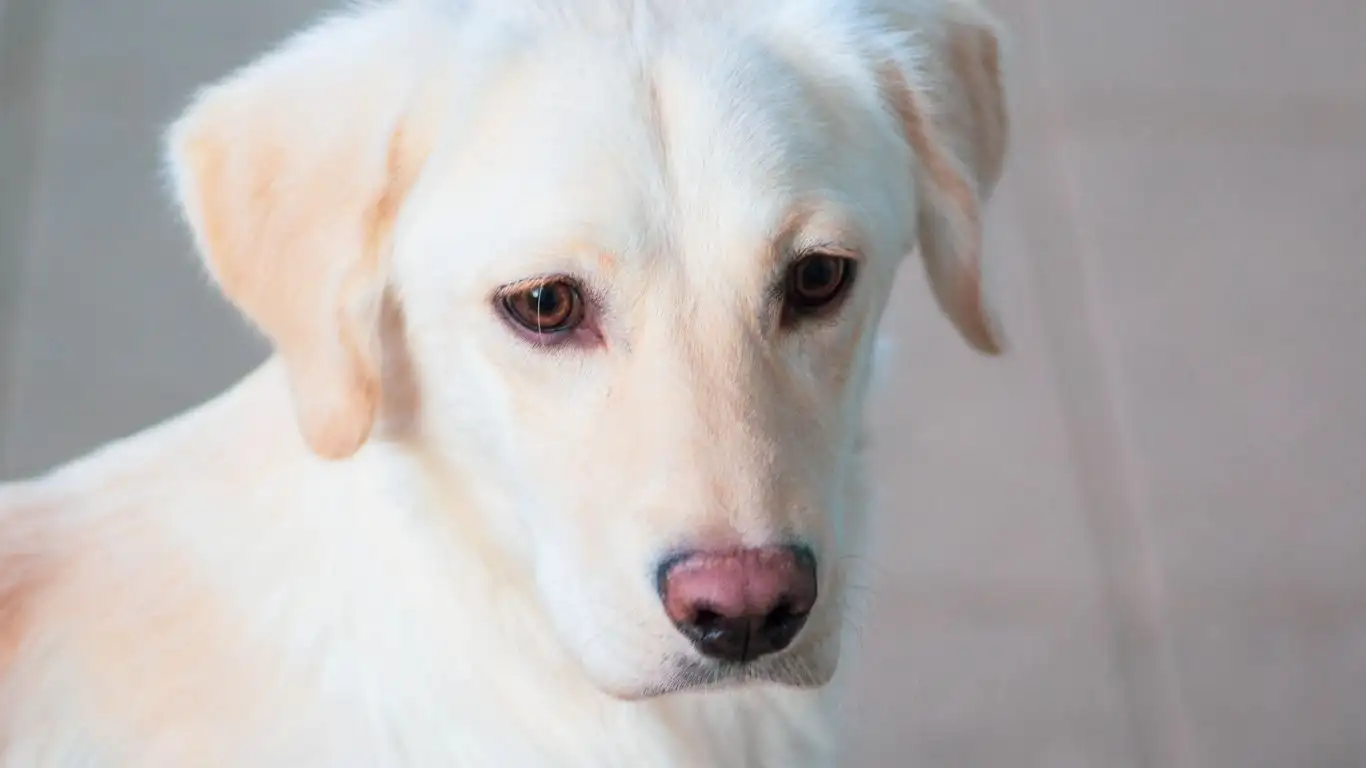
Additional Tips for Making Cleaning After Walks More Enjoyable
While the training steps mentioned earlier are essential, there are a few extra tips I’ve picked up over the years that can make the cleaning experience a lot more enjoyable for both you and your dog. After all, cleaning doesn’t have to be a chore—it can be a positive experience that strengthens your bond with your dog!
Tip 1: Make the Process Calm and Relaxed
One of the best ways to help your dog enjoy the cleaning process is to make it a calm and relaxing experience. Dogs are creatures of habit, and they thrive in environments that feel safe and soothing. If you’re too rushed or anxious, your dog will pick up on that energy and may become more stressed.
- Take your time: Don’t rush through the cleaning process. Take your time to gently wipe down your dog, allowing them to enjoy the moment and relax.
- Use calming scents: If your dog is particularly anxious, you can try using calming sprays or aromatherapy oils designed for pets. Lavender and chamomile are popular scents known to help soothe nervous dogs.
- Play calming music: Playing soft, calming music during the cleaning process can help reduce your dog’s anxiety. Many dogs respond positively to calming sounds, which can make the entire process feel less stressful for them.
Tip 2: Involve Your Dog in the Process
One of the best ways to help your dog become more comfortable with the cleaning routine is to involve them in the process. Let them see and sniff the towel or cleaning tools beforehand, so they don’t feel threatened or surprised when you use them. You can even let them play with the towel or paw washer a few times during non-cleaning moments to desensitize them.
When your dog feels like they are an active participant rather than a passive subject, they’re much more likely to accept the process willingly.
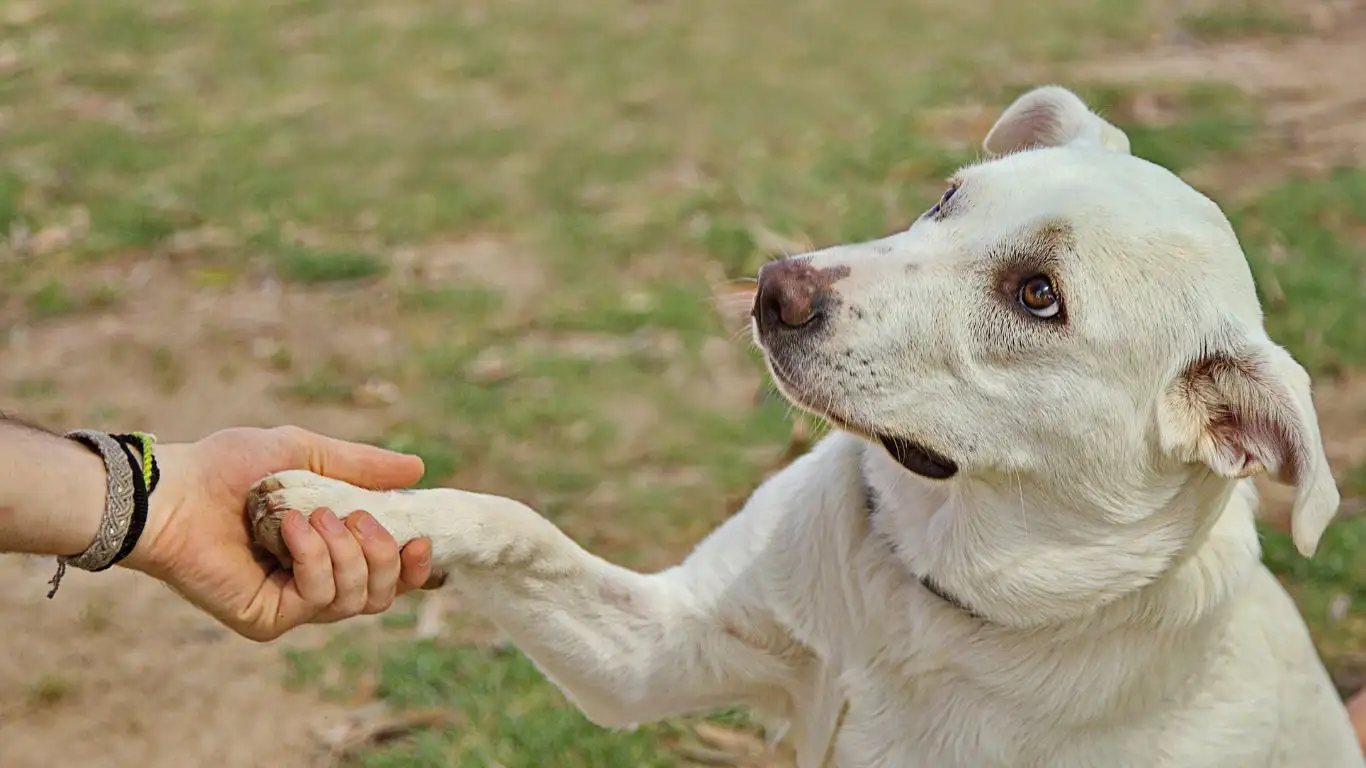
Maintaining a Consistent Cleaning Routine for Long-Term Success
By now, you’ve laid the foundation for a positive cleaning routine after outdoor walks, and your dog is likely getting more comfortable with the process. But, as with any training or behavior modification, it’s crucial to maintain consistency. The more consistent you are with cleaning after walks, the more likely your dog will accept it as part of their everyday routine. This consistency builds trust and reinforces the positive behavior you’ve worked so hard to instill.
In my experience, the dogs who struggle the most with cleaning are the ones who only experience it intermittently or when they’ve gotten too dirty. Keeping a regular, predictable cleaning routine helps your dog internalize the process and even look forward to it as part of their post-walk routine. Here are some strategies to help keep your cleaning routine consistent and effective over time.
Set a Regular Time for Cleaning
One of the easiest ways to ensure consistency is by setting a regular time to clean your dog after every outdoor walk. If you always clean them right when you come inside, your dog will begin to anticipate it as part of the routine. As a Canine-Assisted Therapy Trainer, I recommend doing this immediately after every walk, as it helps prevent dirt and debris from settling on your dog’s fur or paws.
- After every walk: Whether it’s a quick stroll around the block or a long hike, make sure you clean your dog every time. This helps maintain the habit.
- Keep it brief: Don’t overdo it by cleaning for too long. A quick, efficient session is all you need to keep your dog clean without overwhelming them.
- Incorporate it into the schedule: Just like feeding or playtime, cleaning should become a part of your dog’s daily routine, reinforcing its importance.
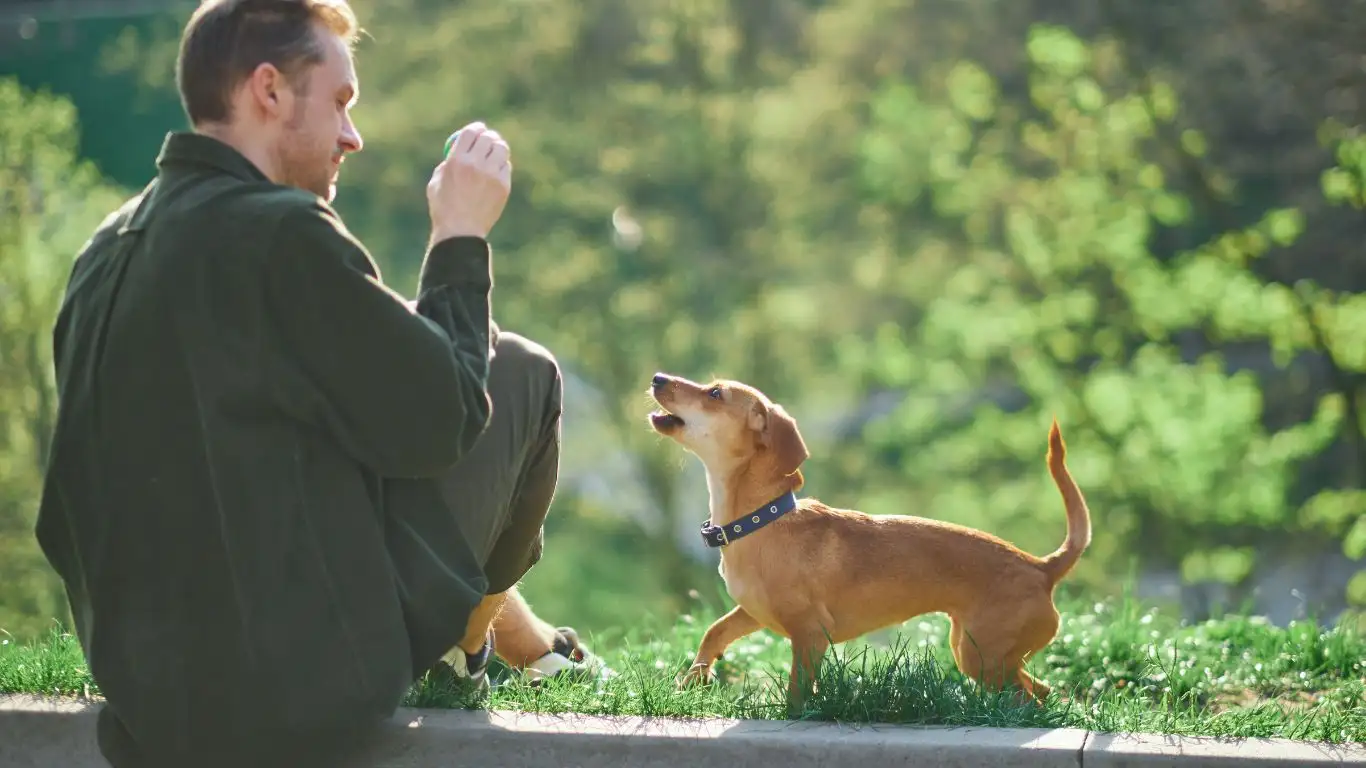
Observe Your Dog’s Behavior
As your dog becomes more accustomed to the cleaning process, it’s important to observe their behavior. Some dogs may still resist or become uncomfortable with certain aspects of cleaning, even after weeks of training. It’s important to notice these signs and make adjustments as needed. For example, if your dog starts to get anxious, it may be time to slow things down and give them a bit more time to adjust.
Sometimes, resistance can also come from overstimulation. After a long walk, dogs are often full of energy and excitement, which can make them less willing to sit still for cleaning. If this is the case, try introducing a calming routine or short play session before starting the cleaning process to help them settle down.
- Monitor stress levels: Keep an eye on your dog’s body language during the cleaning process. If they seem stressed or anxious, it might help to take a step back and reintroduce the training at a slower pace.
- Use calming techniques: If your dog seems particularly tense, try playing calming music, using aromatherapy, or incorporating some calming playtime before starting the cleaning routine.
Reinforce Positive Behavior Continuously
Just because your dog has learned to accept cleaning doesn’t mean the work is done. Consistent reinforcement is key to maintaining good behavior in the long term. Continue rewarding your dog with praise or treats after each cleaning session to encourage them to stay calm and cooperative.
As your dog becomes more accustomed to the cleaning routine, you can gradually reduce the amount of treats you give, but always offer praise and affection. This helps them remember that cleaning is something positive and part of their daily life. You want to keep the experience enjoyable and rewarding for both of you!
- Positive reinforcement: Keep using treats, praise, and affection to reinforce the good behavior. Even if your dog is well-trained, a little positive reinforcement never hurts!
- Consistency is key: The more consistently you apply the same positive reinforcement methods, the stronger the connection between cleaning and reward will become for your dog.
Addressing Special Circumstances: When to Seek Professional Help
While many dogs will learn to accept cleaning with the techniques we’ve discussed, some dogs may have special needs that require additional support. If your dog has a history of trauma or exhibits extreme fear or aggression during cleaning, it may be time to consult with a professional trainer or behaviorist. As a Canine-Assisted Therapy Trainer, I always stress the importance of seeking professional guidance when necessary.
Some dogs may have underlying anxiety or fear issues that go beyond simple reluctance to be cleaned. In these cases, a professional can help assess your dog’s behavior and recommend specific strategies to address their concerns. Remember, the goal is not just to get your dog clean but to do so in a way that maintains their well-being and emotional health.
- Behaviorists can help: If you’re seeing extreme anxiety or aggression during the cleaning process, a professional behaviorist can offer insight into your dog’s specific needs.
- Consider medical factors: Sometimes, dogs resist cleaning due to physical discomfort. If your dog seems unusually sensitive to touch, it could be worth checking for any underlying health issues that might be contributing to their behavior.
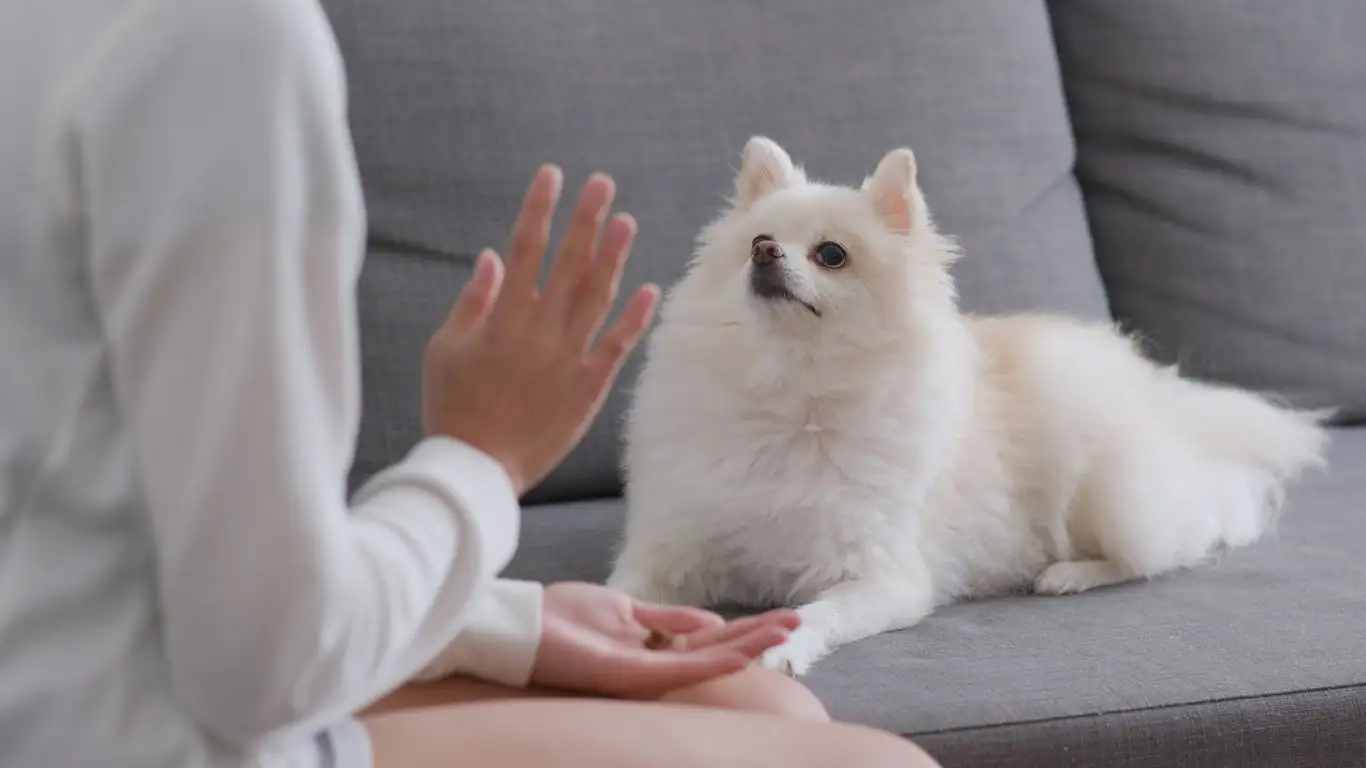
References
Disclaimer
The information provided in this article is for informational purposes only and is not intended as veterinary or professional behavior advice. Always consult with a qualified veterinarian or professional trainer before making any changes to your dog’s routine or behavior management plan.
